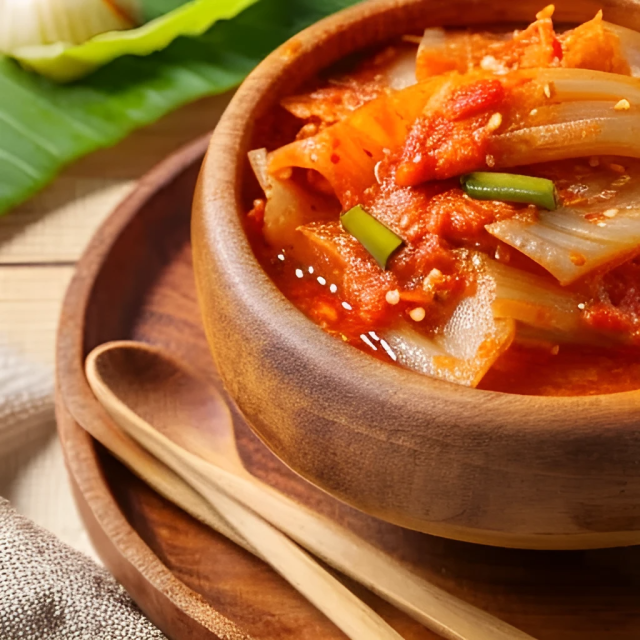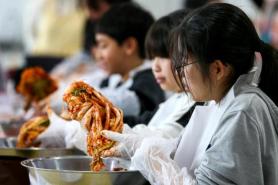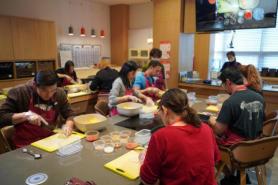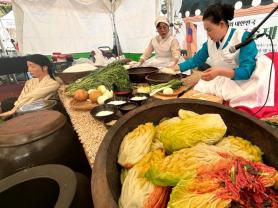
Kimchi, mostly recognized as salted Chinese cabbage seasoned with red chili pepper powder, ground garlic, and fish sauce, has been the core of South Koreans' diet. The salted cabbage ferments over time to become sour. Some people prefer sour kimchi while some prefer freshly-made ones.
Although the meaning held by the process has faded over time, making the iconic pickled vegetable dish has always been a family event where every family gathers in autumn to prepare a huge amount of kimchi that is enough to last a winter. Sometimes, housewives would gather at a village yard and complete the making process. When kimchi is made, the fresh spicy cabbage salad is consumed with other foods such as steamed pork and Korean pancakes.
However, the tradition of kimchi-making gatherings abruptly came to a full stop during the COVID-19 pandemic when the South Korean government mandated strict social distancing rules. People stayed at home instead of gathering to make kimchi and bought pickled cabbage through online shopping malls.
According to GS SHOP, the online shopping mall wing of South Korea's retail giant GS Retail, about 254,000 kimchi products by South Korea's major kimchi maker Jongga, were sold during the first nine months of 2023. The sales increased by 18.2 percent compared to the same period in 2019, just before the pandemic.
The online shopping mall operator said that the main age group that purchased kimchi through GS SHOP was customers in their 50s and 60s. The company analyzed that the main age group that normally makes kimchi at home started buying pre-made kimchi products during the pandemic.
Copyright ⓒ Aju Press All rights reserved.




